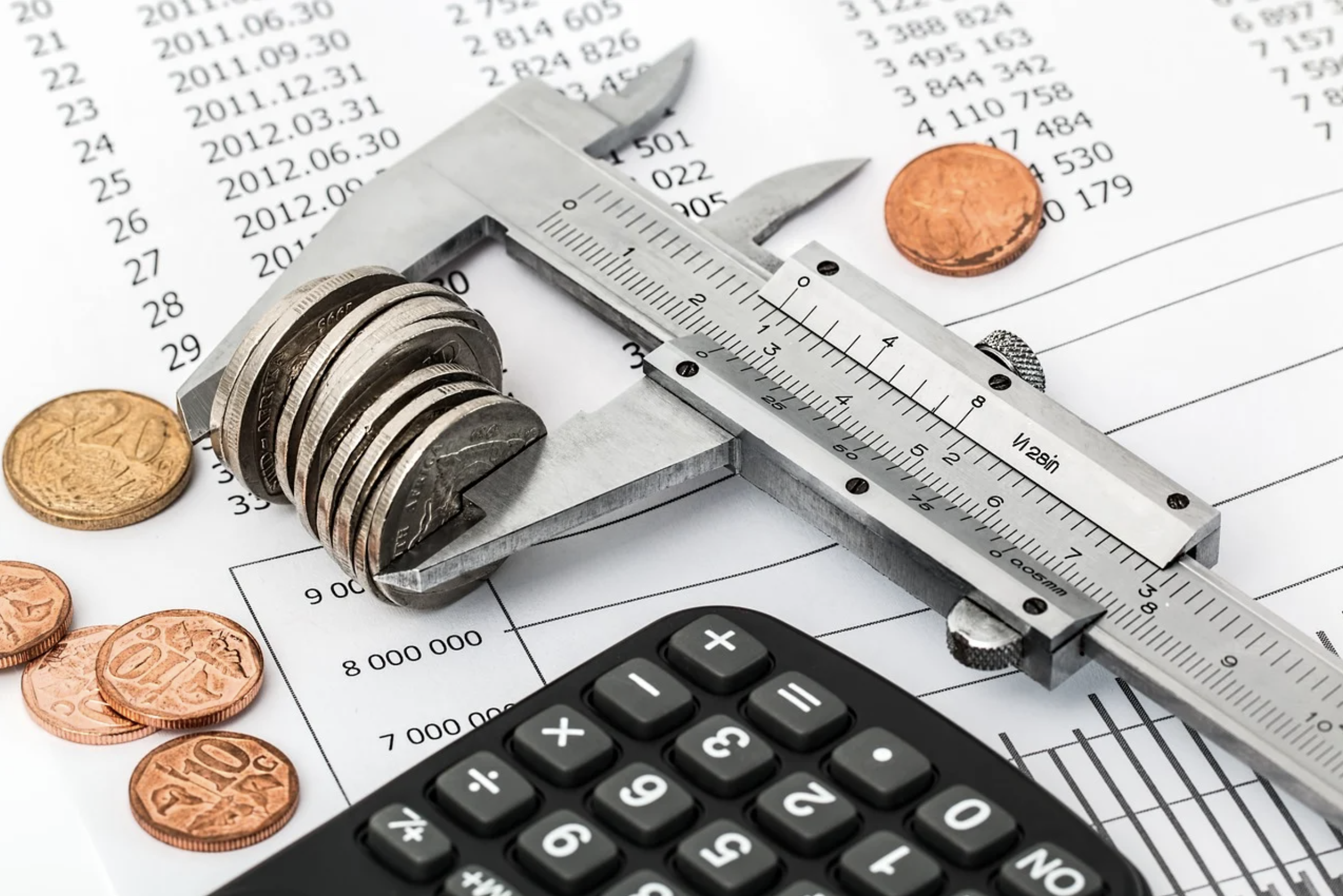Having a business idea is great; however, execution is more important. A business plan strategically outlines and explains quantitative and qualitative factors that will develop a business idea into a marketable product or service. The business plan is conceptual until it’s time to crunch the numbers. The financial section of a business plan is one of the most fundamental and essential parts of the plan. If you’re seeking financing, this portion of the plan is extremely important.
Let’s get to work!
If you’re developing a business, more than likely it is with the intent of being profit-generating. Revenue is derived from the sales of the product or service. For this reason, a sales forecast is a key component of developing the financial portion of a business plan. The projected sales should be done over a course of three years. The first year should be done on a monthly basis, while years two and three can be done quarterly. It is highly recommended to set up the sales forecast in an excel workbook. The first column should include the various sales items and the other columns should include sales units, price, and cost of goods sold.
➔ Calculations:
Unit Sale x Price = Sales
Unit Sale x Cost = COGS (Cost of Goods Sold)
Cost of Goods sold includes direct and indirect costs associated with the product being sold.
Next, an expenses budget will reflect the costs associated with producing what you are selling. There are two types of expenses: fixed and variable. Fixed expenses are a set amount periodically and do not vary based on units produced nor sold, whereas variable expenses change as per unit and output. Examples of fixed expenses are rent and payroll, on the other hand, examples of variable expenses are raw materials and sales commissions.
Now that we’ve created the sales projections and expenses budget, it’s time to develop the cash flow statement. The cash flow statement should be broken down into 12 months. It consists of previously developed elements in the financial plan, such as the sales projections and expenses budget. This portion of the financial plan tracks the changes in the balance sheet and income statement which impacts the cash flow. These include financial statement items such as accounts receivable, accounts payable, inventory, and credit terms.
Create the income and balance sheet projections utilizing elements from the other portions of the financial plan. To create the pro forma financial statements, historical financial data (if applicable) can be used to generate projections.
➔ Calculation:
Sales – Cost of Goods Sold = Gross Margin
Gross Margin – Expenses – Interest – Taxes = Net Profit
Assets, liabilities, and equity impact the balance sheet. Assets include cash, accounts receivable, prepayments, inventory, fixed assets (equipment, buildings, land) whereas liabilities are items such as accounts payable and outstanding debt.
Assets – Liabilities = Net Worth
Finally, establish a breakeven point, which is the value of sales equal expenses.
If you are applying for a loan supplementary documents may be required, such as a business financial history or owners’ financial statements.
Planning is vital for the success of a business. Once the planning phase is over, do not neglect the financial plan. Use it as a working tool and reference point throughout the business cycle.





I am Celeste Taylor a small business owner, as a beach vendor, my business has been affected by this pandemic and moving forward I will need a small grant loan to stabilize my business